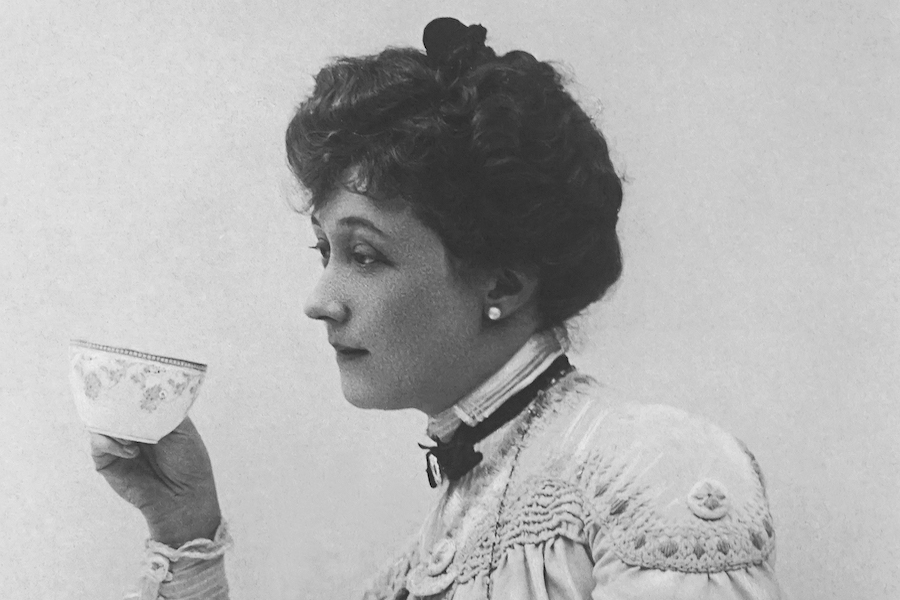The historical role of female investors is belatedly coming under the spotlight.
In recent years, industry research has documented the rise of female investors. A report by the Center for Talent Innovation titled Harnessing the Power of the Purse published in 2014 found that women in the US controlled 39% of investable assets at that time. But what has been the role of female investors in history? This article gives a brief overview of the part women played in funding the first era of globalisation, analysing their shareholdings on the London Stock Exchange from 1880 to 1913, and highlighting their decision-making processes.
Capital markets create opportunities for investors by providing a potential stream of income through the payment of dividends and capital gains that may come from rising values in the market, and the early 20th century saw the British capital market reach maturity before any of its global counterparts. Railway securities presented a profitable asset class during the first era of globalisation, representing about half of the capitalisation of all domestic equity listed in the UK, and constituting 49 of the 100 largest companies on the British stock market in 1911. Women investors were an important constituent of the shareholder base of some of the key British railways.
Women investors were an important constituent of the shareholder base of some key British railways
At the start of 1843, women shareholders made up 11% of the Great Western Railway shareholder base, growing to 40% by 1920. By the early 20th century, women represented 30% to 40% of shareholders in each railway company in the sample. This is evidence of the important role that female investors were playing in the financial markets in the early 20th century. A question that arises is: how were women responding to changing social perceptions and the increasing availability of financial information?
A 2020 paper by Graeme Acheson and colleagues (“Independent Women: Investing in British Railways, 1870-1922”) analyses whether these female shareholders chose to invest independently of men in the late 19th and early 20th centuries. Using a large database of shareholders in some of the largest British railways, it finds that women were more likely than men to be solo shareholders. Some 70% to 80% of women were solo shareholders, compared with just 30% to 40% of men.
The paper also offers evidence that women prioritised their independence above other considerations such as where they invested or how diversified an investment would be. Male and joint shareholders were more likely than female and solo shareholders to hold multiple railway stocks. This could imply that men might have been using joint shareholdings as a means of diversification whereas women may have been prioritising independence even if it came at the cost of being less diversified.
Female investors were also important in the capital market prior to the 19th century. In the aftermath of the South Sea bubble, women played a critical role in the eventual recovery of the London capital market as a venue for financial intermediation for the English economy. The increasing prominence and independence of female investors in the early 20th century is reflective of the broader changes in social perceptions, demographics and legal restrictions that occurred in Britain over time.







